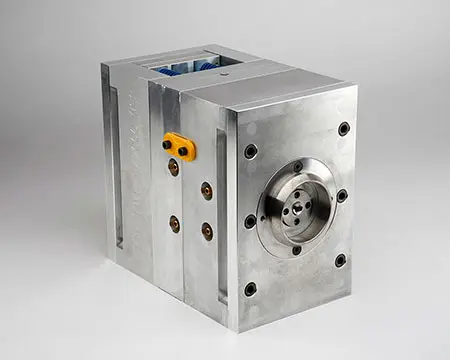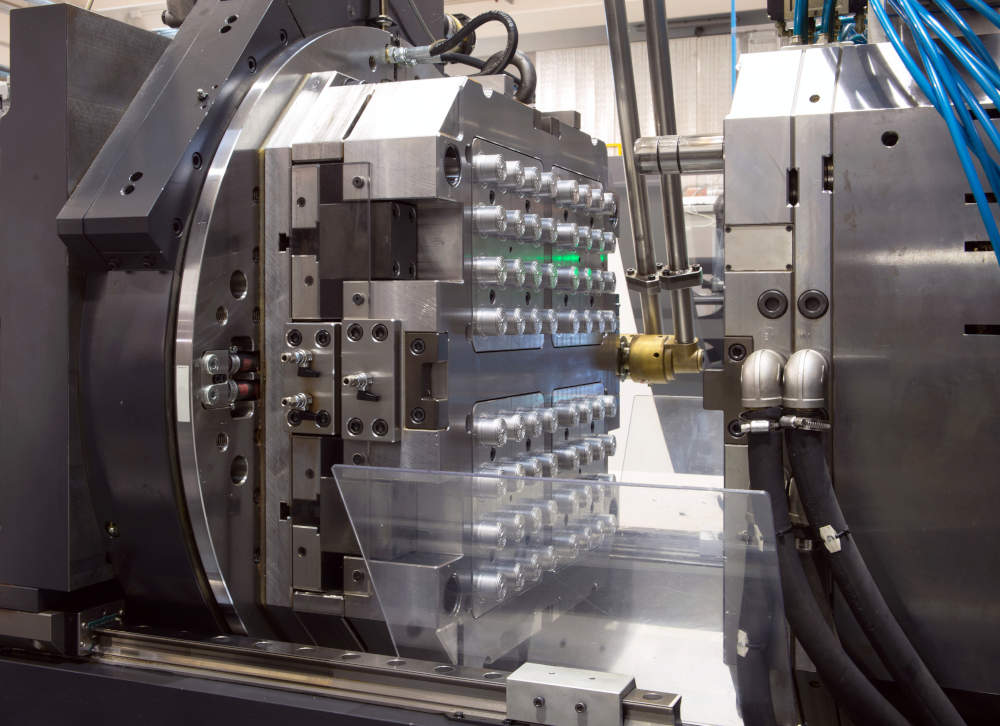Comprehending the Fundamentals of Plastic Shot Molding Processes
Plastic shot molding serves as a cornerstone of modern production, giving a systematic technique to creating complex components with accuracy. Checking out these vital aspects could disclose exactly how even small changes can lead to substantial enhancements in production outcomes, elevating concerns about the possibility for advancement in this recognized procedure.
What Is Plastic Shot Molding?
Plastic shot molding is a widely made use of manufacturing procedure that changes thermosetting and polycarbonate materials right into precise and complicated forms. This technique is preferred for its ability to create high quantities of identical parts with outstanding accuracy, making it a crucial method in numerous industries, including auto, consumer products, and clinical gadgets.
The process includes thawing the chosen plastic material and injecting it right into a mold and mildew under high pressure. The mold, created to the specifications of the preferred component, permits the molten plastic to form as it cools down and strengthens. Once the material has solidified, the mold and mildew is opened up, and the finished component is ejected.
Plastic injection molding uses numerous benefits, consisting of reduced waste, consistency in production, and the ability to integrate complex layouts that might be testing with various other manufacturing methods. Additionally, it supports a broad variety of products, each supplying one-of-a-kind homes that can be customized for certain applications. As sectors remain to introduce, plastic shot molding stays at the center, making it possible for the advancement of innovative items that fulfill advancing customer needs.
The Shot Molding Process
The injection molding process is an innovative strategy that entails numerous crucial stages to produce premium plastic components. Plastic pellets are fed right into a heated barrel where they are thawed right into a viscous liquid. This molten plastic is after that infused under high pressure right into a precision-engineered mold and mildew, which shapes the material right into the wanted type.
Once the mold and mildew is filled up, the plastic is enabled to cool and strengthen, taking the form of the mold cavity. Air conditioning time is vital, as it impacts the cycle time and the final residential or commercial properties of the shaped part. After sufficient air conditioning, the mold opens up, and the completed component is ejected utilizing ejector pins.

Products Made Use Of in Shot Molding
Numerous products can be used in the shot molding procedure, each offering special buildings that satisfy specific applications. One of the most generally made use of products consist of thermoplastics, thermosetting plastics, and elastomers.

Thermosetting plastics, like epoxy and phenolic materials, undergo a chemical modification throughout the curing process, causing a rigid, inflexible framework. These click products are optimal for applications calling for high heat resistance and structural honesty, frequently made use of in electric insulators and automobile parts.
Elastomers, consisting of silicone and rubber-based materials, offer versatility and strength. Their unique residential properties make them ideal for applications that demand elasticity, such as seals and gaskets.
Furthermore, specialized products like bio-based plastics and compounds are obtaining grip for their ecological advantages and enhanced performance characteristics, broadening the range of injection molding applications in different markets. Comprehending the buildings of these products is crucial for selecting the appropriate type for specific projects.
Advantages of Injection Molding
Shot molding stands apart as an extremely efficient manufacturing process that provides countless advantages for generating complex get rid of accuracy. One of the most substantial advantages is the capacity to produce intricate layouts that would be difficult or difficult to accomplish with various other approaches (Plastic Injection Molding). The process enables for comprehensive features and limited resistances, making certain high-grade parts
Furthermore, shot molding is known for its rapid manufacturing abilities, making it an optimal selection for high-volume manufacturing. As soon as the mold Continue and mildew is developed, parts can be created swiftly, lowering lead times and enhancing overall efficiency. This efficiency not only decreases production costs but likewise supplies an one-upmanship on the market.
The convenience of products used in shot molding further boosts its charm. A large variety of thermoplastics and thermosetting polymers can be used, allowing suppliers to select products that best satisfy their details requirements, including warmth, versatility, and stamina resistance.
Moreover, the process lessens waste, as excess product can commonly be recycled and reused. This sustainability visit their website aspect contributes to a decreased ecological influence, making injection molding an accountable production selection. Generally, the benefits of injection molding make it a preferred method for numerous markets.
Variables Affecting Item Quality
While countless factors can influence product top quality in shot molding, understanding these components is important for accomplishing ideal outcomes. Trick facets include product choice, refining criteria, and mold design.
Material choice plays an important duty, as different polymers exhibit one-of-a-kind properties that affect flowability, strength, and thermal stability. Insufficient material selection can lead to issues such as bending or incomplete filling.
Processing specifications, consisting of cycle, pressure, and temperature time, must be carefully regulated. Variations in these setups can result in disparities partly dimensions and surface coating. For circumstances, excessively heats may trigger degradation of the polymer, while inadequate pressure can cause short shots.
Mold layout is equally vital, as it establishes the circulation of the molten plastic and the cooling procedure. Inadequately created molds may result in uneven air conditioning rates, causing recurring stress and anxieties and dimensional mistakes.

Conclusion
In final thought, plastic injection molding serves as a critical production process that enables the efficient production of top notch elements. Mastery of the injection molding process, consisting of the understanding of products and the influence of different variables on item high quality, is important for accomplishing optimal outcomes. The advantages of this technique, such as cost-effectiveness and layout versatility, further underscore its value across multiple industries, strengthening its condition as a recommended selection for high-volume manufacturing.
Plastic injection molding serves as a keystone of modern manufacturing, giving a methodical approach to creating intricate components with accuracy.Plastic injection molding provides a number of advantages, including lowered waste, uniformity in production, and the capacity to integrate elaborate layouts that might be testing with various other producing techniques (Plastic Injection Molding). As industries continue to introduce, plastic injection molding continues to be at the center, allowing the development of innovative products that meet evolving customer demands
The injection molding process is an innovative method that includes numerous key stages to create premium plastic components.In final thought, plastic shot molding offers as an important manufacturing process that allows the efficient production of high-grade components.